
Before there were the current Blasts, EVOs, SXVenoms, ZR 200s and SnoScoots on which folks are now encouraged to transition youth riders to full-sized snowmobiles, arguably the best modern step-up sled for kids – especially kids who wanted to race! – was Arctic Cat’s Sno Pro 500. It was also an immensely fun sled full-sized adults who wanted to act like kids (like us!). We twice had a Sno Pro 5 as a demo sled and it regularly had more miles at the end of the season than snowmobiles with almost twice the horsepower.
The following ode to the Sno Pro 500 (below) was written for the “Used Sled Shopper” department of the October 2015 issue of Snow Goer magazine. Though the “current value” stated in the sidebar box now seems a bit high almost six years later, it should be noted that these are still very popular units on the used market.
USED SLED SHOPPER: 2010 Arctic Cat Sno Pro 500
Nobody ever said raising kids is easy, and being the parent of a teenage snowmobiler might present a whole new host of challenges, one of those being which snowmobile he or she should ride.
It’s reasonable to assume that a kid could graduate from a Kitty Cat or 120 to a fan-cooled, leaf spring-suspended snowmobile and ride that until about the age of 15 years old when he or she is ready for the first “real” trail sled – one that is moderately powered and has a modern chassis and suspension system so the kid can go for long trail rides. Two other important criteria are reliability and affordability.
The unfortunate fact is that there haven’t been many snowmobiles manufactured in the past decade that meet all of this criteria, but there is at least one: the 2010 Sno Pro 500. The lightweight sled has a responsive engine that’s “not ridiculously powerful, so it will keep the speeds down,” said Jim Hamel, sales manager at Livingston’s Arctic Cat in Hillsboro, New Hampshire. “They handle fantastic. They’re light. Anybody can get on that thing and go,” he said.
The half-liter Sno Pro was built on the same tubular, chrome-moly frame that Team Arctic racers had driven on snocross and cross-country courses since 2008. Finally for 2010, Arctic Cat expanded the Sno Pro racing chassis so anyone – not just people who had impressive race resumes – could buy it, and the Sno Pro 500 was born.
It’s powered by a twin-cylinder, fuel-injected Suzuki engine that has crisp acceleration in the low- and mid-range, and it has enough torque to lighten the skis over small moguls. This non-variable exhaust valve engine has powered a variety of entry-level Cat models since 2004 when it debuted in the Sabercat. Arctic Cat rates it at 85 hp, and it’s generally bulletproof against mechanical breakdowns, but 2010 Sno Pro 500s were known to load up on fuel if allowed to idle for more than a few seconds. Arctic Cat issued a service bulletin that re-programmed the engine control unit for better run quality.
The 2010 Sno Pro had the unique Progressive Steering System that was designed to reduce feedback from the trail and help the skis track straight through snow, especially when under load during suspension compression events. The low-tech system uses an exhaust spring on each spindle so the spindle can “float” within the ski saddle while letting the ski keel stay true to its line without washing back and forth.
Since the model was built on a race chassis and it has many race-spec features, probability is high that many 2010 Sno Pro 500s on the used market were used in competition, especially in regions where snowmobile racing is popular. In fact, Arctic Cat even designed a throttle block and ECU re-program kit that limited performance so these machines could be used by racers in the 8- to 14-year-old classes.
Racing typically translates to a hard life for a machine, but some retired race sleds will be a diamond in the rough thanks to the regular maintenance and repair they received during their career. Look for bolts that were drilled out to accept safety wire and excessive wear to the running boards and foot wells. The chassis is historically tough, durable and tight, but check for unreasonable ski play and worn bushings in the front suspension.
Suggested modifications are hand guards for better wind protection and a front bumper not only to protect the front end, but also to provide a grab handle for lifting and maneuvering the sled.


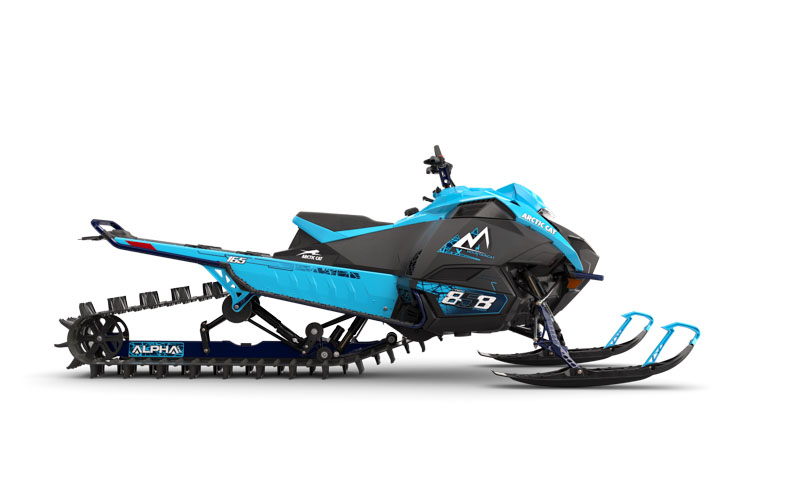
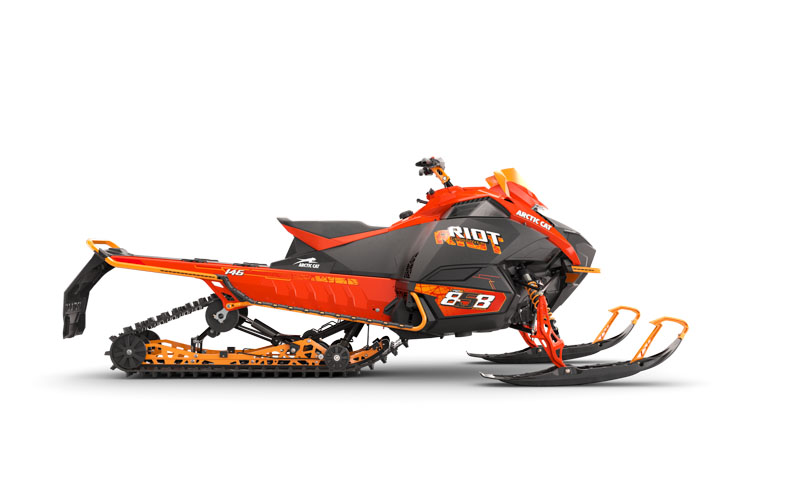
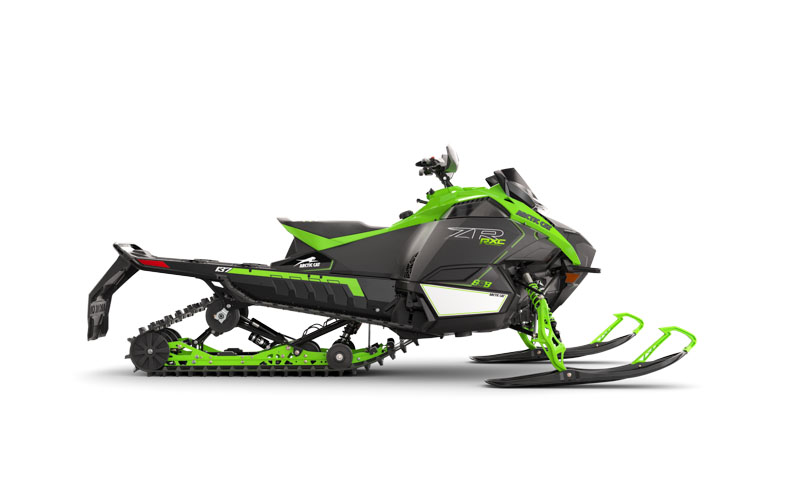
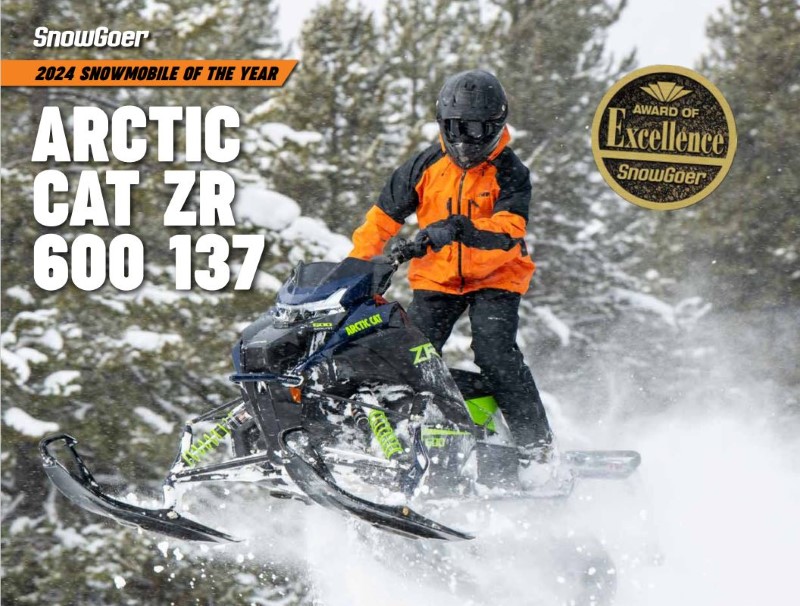
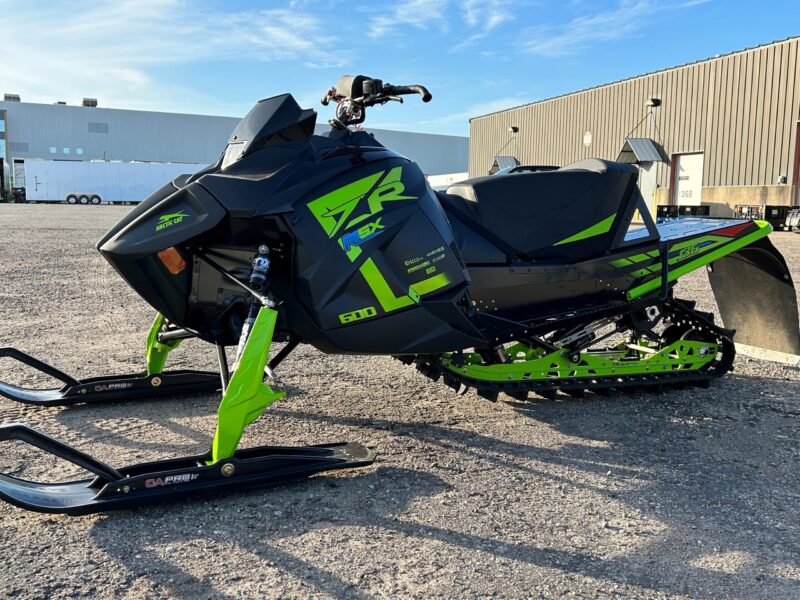
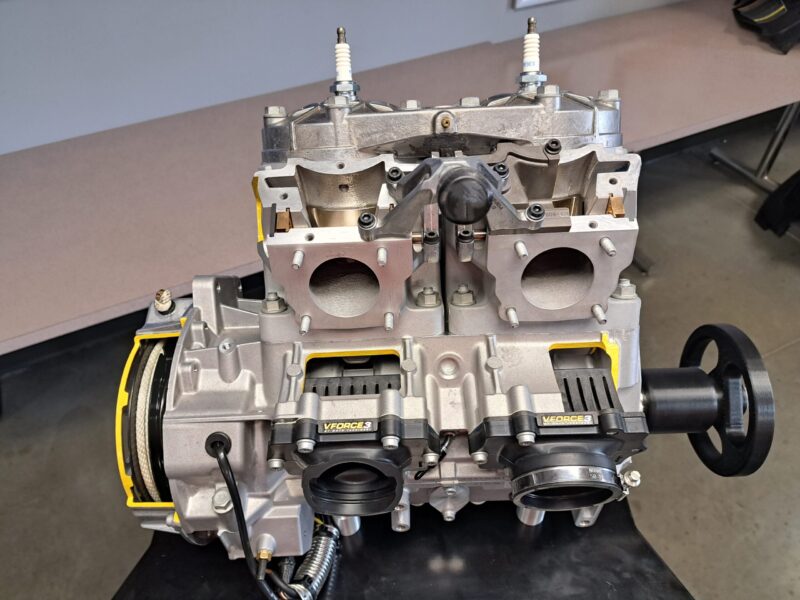
Pingback: An All-Time Favorite: Fond Memories Of Cat’s Sno Pro 500 - GearOpen.com